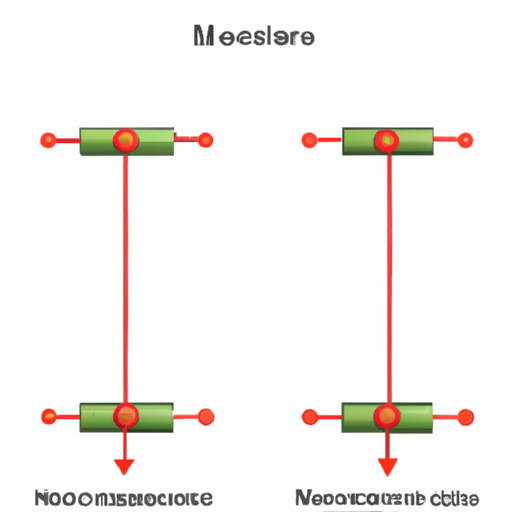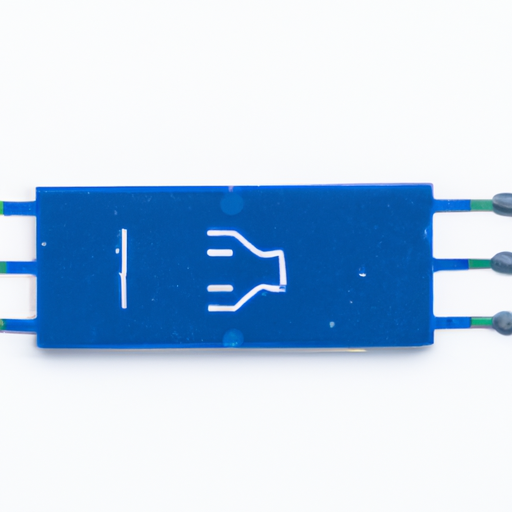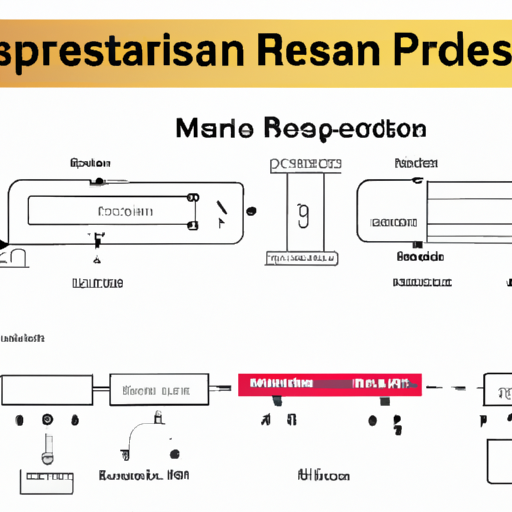How Do Resistor Models Work?
I. Introduction
Resistors are fundamental components in electrical circuits, serving the essential function of controlling the flow of electric current. By providing resistance, they help to manage voltage levels and protect sensitive components from excessive current. Understanding how resistor models work is crucial for anyone involved in electronics, whether you're a hobbyist, student, or professional engineer. This article aims to explain the various resistor models, their theoretical underpinnings, and their practical applications in circuit design.
II. Basic Concepts of Resistors
A. What is Resistance?
Resistance is a measure of the opposition to the flow of electric current in a circuit. It is quantified in ohms (Ω), named after the German physicist Georg Simon Ohm, who formulated Ohm's Law. Ohm's Law states that the voltage (V) across a resistor is directly proportional to the current (I) flowing through it, with resistance (R) as the proportionality constant:
\[ V = IR \]
This simple yet powerful relationship forms the foundation of circuit analysis and design.
B. Types of Resistors
Resistors come in various types, each serving different purposes:
1. **Fixed Resistors**: These resistors have a constant resistance value and are commonly used in circuits where a specific resistance is required.
2. **Variable Resistors**: Also known as potentiometers, these allow for adjustable resistance. They are often used in applications like volume controls in audio equipment.
3. **Specialty Resistors**: These include thermistors, which change resistance with temperature, and photoresistors, which vary resistance based on light exposure. Such components are crucial in sensors and other applications where environmental conditions need to be monitored.
III. Theoretical Models of Resistors
A. Ideal Resistor Model
The ideal resistor model assumes that a resistor behaves perfectly according to Ohm's Law, with a linear relationship between voltage and current. In this model, the resistance remains constant regardless of the voltage or current levels. However, this model has limitations, as real-world resistors do not always conform to these ideal conditions.
B. Non-Ideal Resistor Models
Real-world resistors exhibit non-ideal behavior due to various factors:
1. **Temperature Effects**: The resistance of most materials changes with temperature. For example, as temperature increases, the resistance of a metal conductor typically increases due to increased atomic vibrations.
2. **Material Properties**: Different materials have different resistivity, which affects their resistance. For instance, copper has a lower resistivity than aluminum, making it a better conductor.
3. **Tolerance**: Resistors are manufactured with a specified tolerance, indicating how much the actual resistance can vary from the stated value. This variation can impact circuit performance, especially in precision applications.
IV. Mathematical Representation of Resistor Models
A. Resistance in Series and Parallel Configurations
Understanding how resistors behave in different configurations is essential for circuit design.
1. **Series Resistors**: When resistors are connected in series, the total resistance is the sum of the individual resistances:
\[ R_{\text{total}} = R_1 + R_2 + ... \]
This configuration increases the overall resistance, which can be useful in limiting current.
2. **Parallel Resistors**: In a parallel configuration, the total resistance is calculated using the reciprocal formula:
\[ \frac{1}{R_{\text{total}}} = \frac{1}{R_1} + \frac{1}{R_2} + ... \]
This setup decreases the overall resistance, allowing more current to flow through the circuit.
B. Complex Impedance in AC Circuits
In alternating current (AC) circuits, resistors exhibit a behavior known as impedance, which combines resistance with reactance (the opposition to current flow due to capacitance and inductance). While resistors have a purely resistive impedance, understanding their behavior in AC circuits is crucial for designing effective electronic systems.
V. Advanced Resistor Models
A. Thevenin and Norton Theorems
Thevenin and Norton theorems are powerful tools for simplifying complex circuits involving resistors.
1. **Thevenin Equivalent Circuit**: This theorem states that any linear circuit can be replaced by a single voltage source (Thevenin voltage) in series with a single resistor (Thevenin resistance). This simplification makes it easier to analyze circuits.
2. **Norton Equivalent Circuit**: Similarly, the Norton theorem allows for the replacement of a complex circuit with a current source (Norton current) in parallel with a resistor (Norton resistance). Both theorems are essential for circuit analysis and design.
B. Small-Signal Models in Electronics
In electronics, small-signal models are used to analyze the behavior of circuits around a specific operating point. These models are particularly important in transistor circuits, where they help predict how small changes in input signals affect output signals. Understanding these models is crucial for signal processing and amplifier design.
VI. Simulation and Practical Applications
A. Circuit Simulation Software
Modern circuit design heavily relies on simulation software, such as SPICE (Simulation Program with Integrated Circuit Emphasis). SPICE allows engineers to model and simulate circuits before physical implementation, saving time and resources. Accurate resistor models are vital for ensuring that simulations reflect real-world behavior.
B. Real-World Applications of Resistor Models
Resistor models find applications across various fields:
1. **Consumer Electronics**: From smartphones to televisions, resistors play a critical role in managing current and voltage levels.
2. **Industrial Applications**: Resistors are used in machinery and control systems to ensure safe and efficient operation.
3. **Research and Development**: In laboratories, accurate resistor models are essential for experimental setups and prototype development.
VII. Conclusion
Understanding how resistor models work is fundamental for anyone involved in electronics. From the basic concepts of resistance to advanced modeling techniques, a solid grasp of these principles is crucial for effective circuit design and analysis. As technology continues to evolve, so too will the methods and materials used in resistor technology, paving the way for more efficient and innovative electronic systems.
VIII. References
For further reading and exploration of resistor models and circuit theory, consider the following resources:
1. "The Art of Electronics" by Paul Horowitz and Winfield Hill
2. "Microelectronic Circuits" by Adel S. Sedra and Kenneth C. Smith
3. Academic papers on resistor modeling and circuit analysis available through IEEE Xplore and other scholarly databases.
By delving into these resources, readers can deepen their understanding of resistor models and their applications in the ever-evolving field of electronics.












